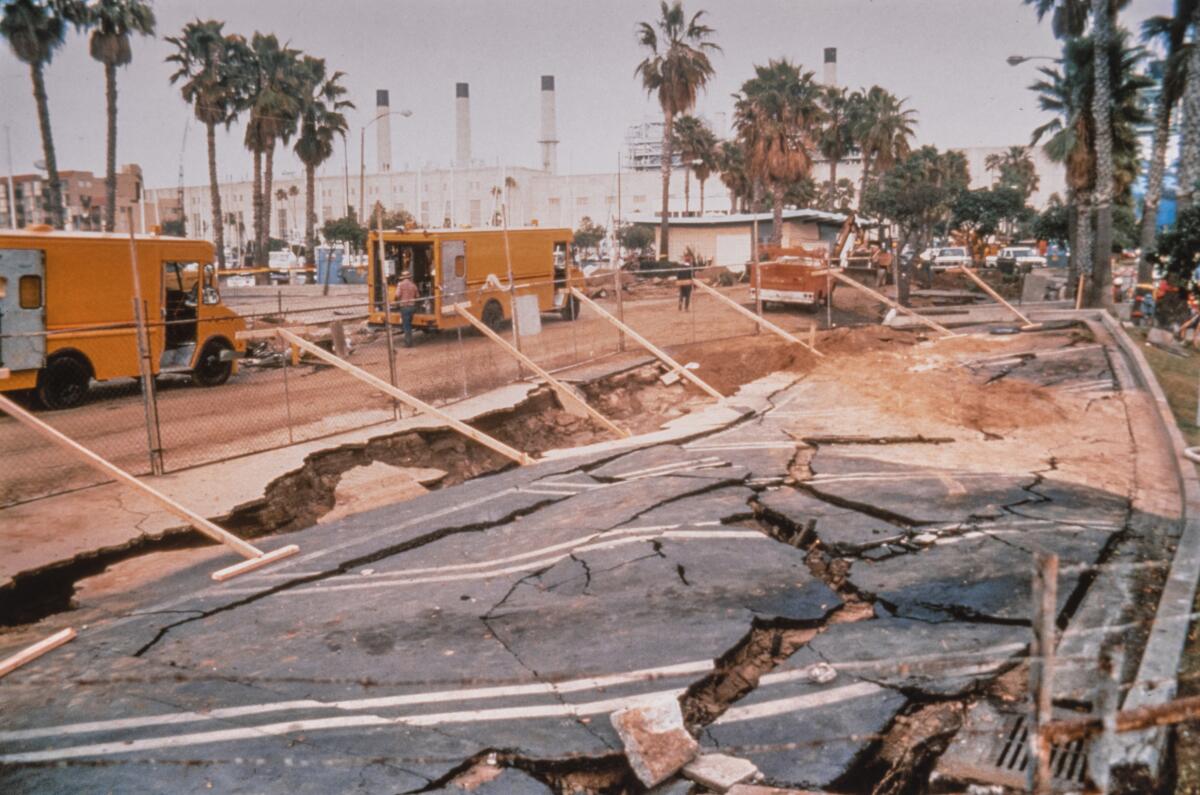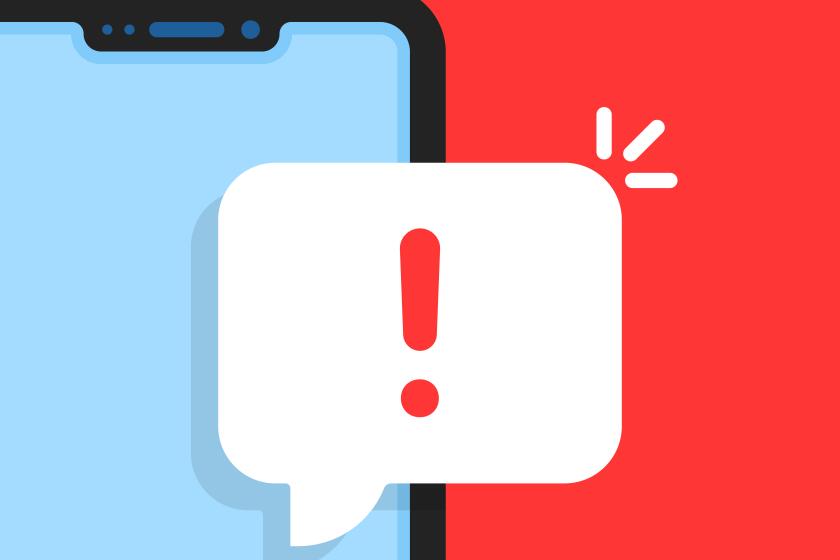What to do during and after an earthquake in San Diego County

Most San Diegans have been told to drop, cover and hold, but there’s much more to know about earthquake safety.
While the famed San Andreas Fault steers clear of San Diego County, most residents live less than 15 miles from a fault line.
As a result, most San Diegans have been told to drop, cover and hold. But sometimes, that advice doesn’t cut it. What if you’re in the car? At the store? And what do you even do once the shaking has subsided?
Here are some top tips from national and regional experts to help you prepare.
Did you feel that? Here’s what to do in various settings
Indoors: Stay inside. Drop, cover and hold on. Drop under a table or desk; cover your head and neck with your arms; hold on to the leg of the table or pole.
In a car: Park away from power lines, poles, trees, bridges, buildings and large signs. Use the parking brake and remain inside.
In bed: Getting up could result in injury as the ground jolts; stay in bed, and cover your head with a pillow.
At the store: Drop and find cover under the nearest protective surface, such as a shopping cart, table or clothing rack. Avoid taking cover near heavy items on shelves.
In a tall building: Again, drop, cover and hold on. Avoid windows and walls to the outside and don’t use elevators.
By the shore: If the tide suddenly curls back into the ocean or you feel a quake, a tsunami could arrive in minutes. Once it’s safe to move, retreat to higher elevation and steer clear of the coast.
Outside: Keep a distance from power lines, poles, trees, bridges, buildings, signs and vehicles; stay in the clear.
In a crowded place: Don’t attempt to leave until the shaking has subsided. Find cover under your seat or in the aisle, and watch out for your head, neck and arms.
No more shaking? Take action
Food: Eat perishable food first, then move onto nonperishable items.
Check for spills: Gas leaks, broken pipes, chemical spills and damaged electrical wire can all come out of an earthquake.
Get the news: Reporting from local radio and television stations may point in the direction of emergency housing, food, first aid, clothing and financial assistance.
Keep an eye out for others: Check in on neighbors, especially those who are extra vulnerable in earthquakes. Neighborhood or community organizations also may be in need of volunteers.
Take pictures: Keep a record of property damage.
Record keeping: Repair costs could be burdensome, and insurance companies may ask for receipts.
Utilities: If your gas was turned off, call SDG&E to turn it back on. If electricity went on and off, check appliances and electronics for damage.
Seek government financial assistance: Federal Emergency Management Agency, U.S. Small Business Administration and other government agencies may provide a safety net for your home or business.
Information for this article was sourced from the Earthquake Country Alliance, the California Earthquake Authority, the California Governor’s Office of Emergency Services, the University of San Diego and the Centers for Disease Control and Prevention.
Top headlines by email, weekday mornings
Get top headlines from the Union-Tribune in your inbox weekday mornings, including top news, local, sports, business, entertainment and opinion.
You may occasionally receive promotional content from the San Diego Union-Tribune.








